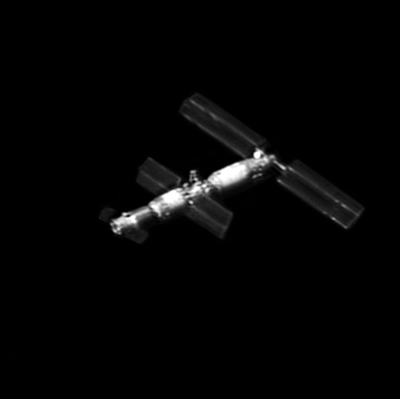SpaceX signs deal with Royal Caribbean to use Starlink on its cruise ships
Capitalism in space: SpaceX has won a contract with the Royal Caribbean cruise line to provide broadband internet service to its passengers using SpaceX’s Starlink satellite constellation.
Deployment of the Starlink technology across the fleet will begin immediately, leveraging the insights obtained from the trial onboard Freedom of the Seas, which has received tremendous positive feedback from guests and crew. The installation is slated to be completed by the end of the first quarter of 2023.
The apparent success of Starlink on Royal Caribbean’s ships suggests it will quickly start appearing on other cruise lines shortly.
Capitalism in space: SpaceX has won a contract with the Royal Caribbean cruise line to provide broadband internet service to its passengers using SpaceX’s Starlink satellite constellation.
Deployment of the Starlink technology across the fleet will begin immediately, leveraging the insights obtained from the trial onboard Freedom of the Seas, which has received tremendous positive feedback from guests and crew. The installation is slated to be completed by the end of the first quarter of 2023.
The apparent success of Starlink on Royal Caribbean’s ships suggests it will quickly start appearing on other cruise lines shortly.


